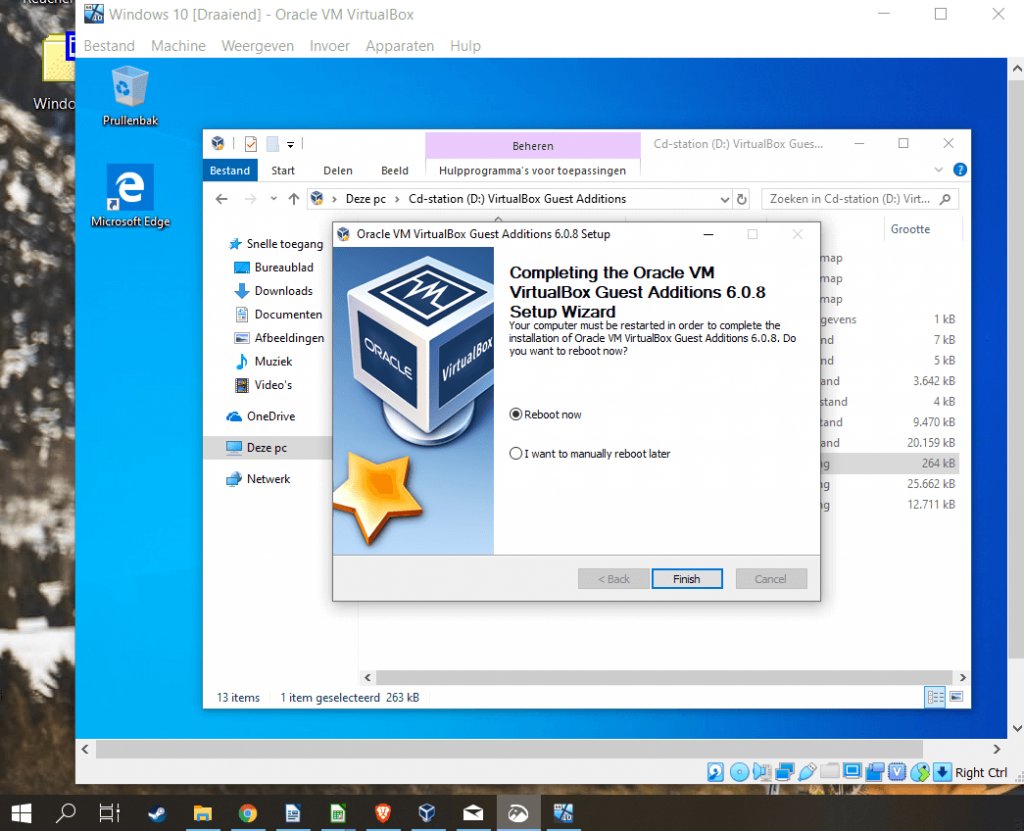
Bus/Device: SCSI (IDE is used by default), Storage: select the ProxMox storage where the VM virtual disk will be placed, and specify the size of the virtual disk (at least 25 GB). Then go to the Hard Disk tab and configure the virtual machine disk settings.Go to the System tab and enable the Qemu Agent option and the VirtIO SCSI disk controller type.Proxmox should automatically detect the type of OS in the image and set the type of guest OS of the virtual machine ( Microsoft Windows version 10/2016/2019) Then go to the OS tab and select your Windows 10 install ISO that you uploaded earlier.Open the Proxmox VE web management interface (WAC) and click the Create VM button.Now we need to create a new Proxmox virtual machine to deploy the Windows guest. Upload both iso files to the PVE storage. This is a set of paravirtualized drivers for KVM/Linux that will provide better virtual device performance than the built-in emulated drivers. Also, download the ISO image with KVM VirtIO drivers for Windows ( ).


Download Windows Media Creation Tool ( ) and create a Windows installation ISO image file.In this article, we will show you how to deploy a virtual machine and install Windows 10/11 on it on the Proxmox Virtual Environment hypervisor. Installing Windows 10/11 Virtual Machine in Proxmox VE


 0 kommentar(er)
0 kommentar(er)
